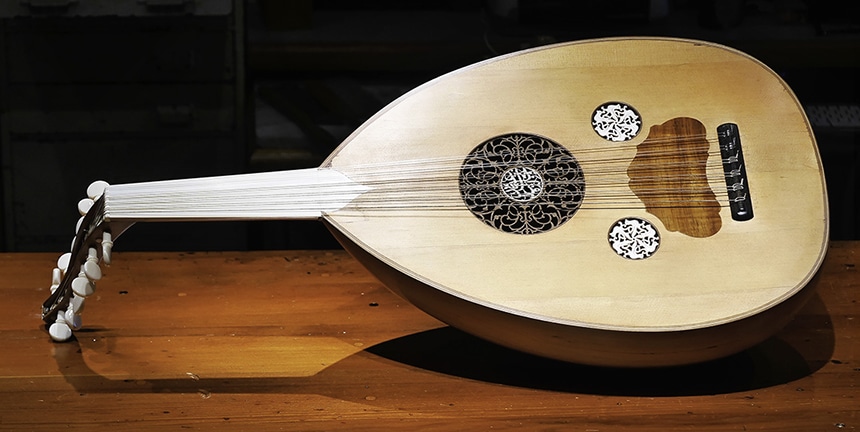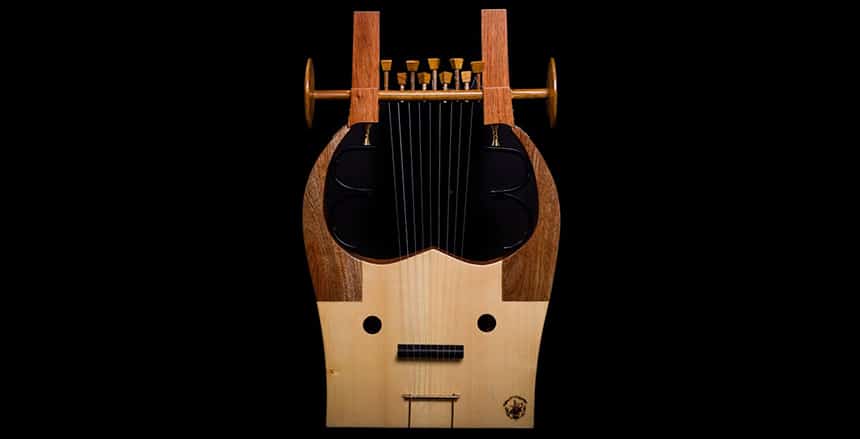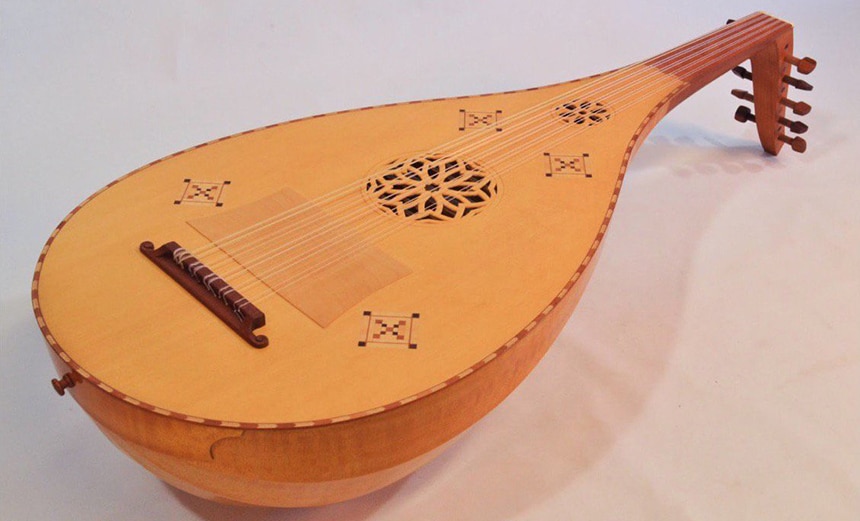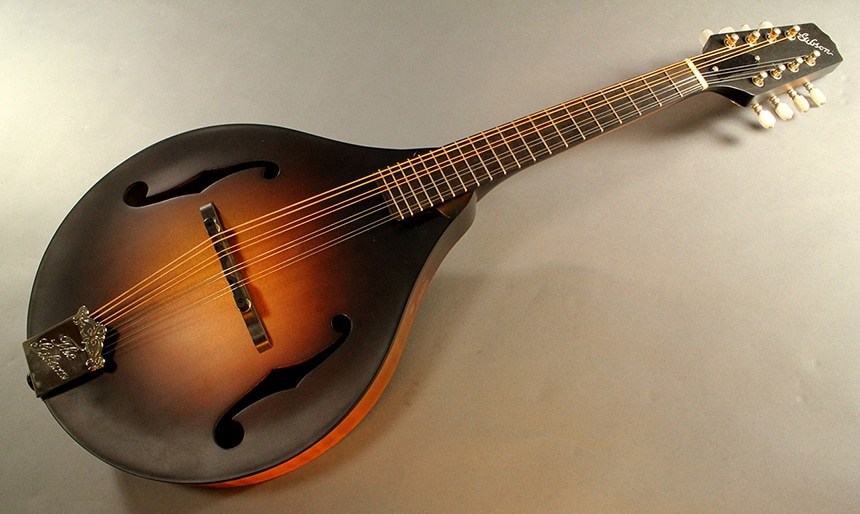No musical instrument has shaped the development of music as much as the guitar did. Interestingly, guitars were not invented a couple of years ago.
Instead, this musical instrument has been used for many decades and shaped a greater part of music production from the ancient to the modern music industry.
Likewise, there has been a transition from the models of guitars, from the acoustic guitar to the electric model Trusted Source The electric guitar: 10 things you didn't know about the musical instrument | Music | The Guardian An ambitious new book provides fascinating insights into the history of the instrument, diving into its place in society and pop culture www.theguardian.com . The question is: “Who invented the acoustic guitar?”
Whether you are a fan of Jimi Hendrix or Eric Clapton, you want to find out the person that initiated the series of innovations that led to the production of the acoustic guitar.
The person who is credited with developing the first of these steel-stringed acoustic guitars is Christian Frederick Martin. He was a German luthier who immigrated to the United States, where he made the first sets of the acoustic guitar in the 1830s – precisely between 1796 and 1867.
You will learn everything about the acoustic guitar in this article, including the inventor, as well as the evolutions of guitars down to the present age.

The history of the guitar has been a subject of discussion in many quarters. Different theories have been brought forward to support the identity of the acoustic guitar inventor.
The bone of contention is, therefore, between the roles played by the Arabs, as well as the Europeans.
As touted, the history cum invention of the acoustic guitar Trusted Source The death of the electric guitar - Washington Post In the last decade, electric guitar sales have plummeted. But why? www.washingtonpost.com wouldn’t be complete without mentioning the inputs of the two.
On the one hand, it is debated that the Europeans influenced the development of the acoustic guitar during the Middle Ages.
On the other hand, historians opine that the evolution of stringed instruments can be dated back to the influence of the Arabic “Oud.” According to the historians who hold this opinion, the Oud was believed to have been introduced to Spain after the Moorish conquest that took place in the 9th Century. The Oud is also believed to descend from the earlier tanbur.
In light of the different theories concerning the evolution of the stringed instruments (as well as the available evidence), it wouldn’t be out of place to believe that the Oud should be considered as one of the major influences on the evolution of the guitar.
When it comes to the acoustic guitar inventor, many musical instruments are considered to have some relevance in the development.
The tanbur is one of such musical instruments.
But before explaining how it played a role in who invented the first acoustic guitar, let us explain some critical facts.
The guitar is generally a member of a family of musical instruments that are collectively called Chordophones. Chordophones are used to create sound or make music only when the strings fixed at separate points are vibrated.
We are sure you can relate that to the guitar – because you have to vibrate the strings before it can create sound or make music.
Now, the Tanbur is used to describe the different types of Chordophones, including Lyres, Zithers, Lutes, Harps, and Musical Bowls.
Worthy of mention is that the history of the tanbur isn’t easy to be traced, primarily because of limited information about the ancient origins of the musical instrument.
However, a few illustrations may go a long way to help you understand just how the Tabur looked like.
First, the earliest visual representation of what the tanbur looked like was seen in the ancient Egyptian sculptures, arts, and artifacts, which were discovered in Iraq – formerly called Persia and Mesopotamia.
Second and most important, some comparisons were made between the tanbur and the Bowl Harps to point out some of the differences. Both the Tanbur and the Bowl Harps existed within the same time as musical instruments.
The primary difference is that the tanbur featured a straight neck that created room for easy application of pressure to the strings when playing it. That way, the pitch of the note being played can be altered.
Thus, the tanbur seems to have a better disposition to the Bowl Harps that had a curved neck, making it difficult for pressure to be easily applied to the strings.

Evolutions played a vital role in the modernization of the acoustic guitar. And the evolution wouldn’t have been possible if not for the chartar and Kithara.
As many historians believe, the current/modern acoustic guitar we have today took a greater part of its evolution from the chartar.
From their calculations, the chartar should be considered an ancient ancestor to the modern acoustic guitar because it passed through a lot of evolutions.
For example, the chartar first made an incursion into the Spanish music industry before it was later evolved into the Guitarra.
On the other hand, the Kithara cannot be removed from the equation of who invented the first acoustic guitar because it also has some roles to play.
For example, historians made a simple calculation of the relationship between the Kithara and the modern acoustic guitar by looking deeper into the name. Kithara is an ancient Greek word that is used to describe the ancient Greek and Roman stringed musical instrument that is related to the lyre.
Because of the obvious similarities between those, historians cannot rule out the fact that the guitar is a descendant of the Kithara.
Yet, some counter-theories sought to distort the opinion that the Kithara and the Guitarra (guitar) are similar. The most prominent of such counter opinions came from the series of researches made by Dr. Michael Kasha.
From the outcomes of his researches in the 1960s, it was posited that the Kithara and the guitar might not be related in any way, as had been previously proposed.
The highlight of his researches was the debate that the Kithara evolved into many things, including its evolution to include additional strings. And because the guitar at the time typically had no more than 4 strings, there couldn’t have been any way that the Kithara and the guitar could have been the same.
Instead, the Kithara should be viewed more as a similar musical instrument to the harp because it doesn’t have a distinct neck.
Having known the role of the Arabic Oud in the evolution of the acoustic guitar, let us now consider the development of this musical instrument during the Middle Ages.
From the Oud to the Lute and down to the Mandolin, you will find out everything about the evolution of the acoustic guitar during the Middle Ages.
The Oud was introduced to Spain soon after the Moorish conquest of the 9th Century. The introduction made the Oud to be considered a precursor to the lute because the latter didn’t seem to be very popular at the time.
Also, many historians cannot do away with the opinion that the Oud particularly played many important roles during the evolution of what we have now come to know as the Acoustic Guitar.
That doesn’t mean that the Oud couldn’t stand alone and make a statement. Interestingly, it was reported that the Oud was used to bridge the cultural differences that existed at the time between the West and the East, during the Middle Ages.

The lute is considered to be a later musical instrument that became popular after the Oud.
It featured a curved back and had up to 5 courses. It is also possible to find a lute in different sizes and shapes.
At the same time, the lute was strummed with a quill feather and is played by vibrating the strings located across two fixed points.
The history and evolution of the lute started with the Egyptians, who passed it down to the Greeks. The Greeks afterward passed it down to the Romans, who later introduced it throughout Europe.
It is pertinent to mention here that both the Lute and the Oud have some characteristics, including:
Despite the many similarities they have, both the Oud and the lute do not have upper and lower bouts.
The primary difference between the two is that the lute has frets while the Oud doesn’t have any.
The Vihuela is a different kind of musical instrument that was popular during the Middle Ages.
For this type of instrument, the sound is created by vibrating the three variants of stringed instruments that make use of a fretboard and a neck to produce the sound.
The three variants of the Vihuela are discussed below, so you will understand how they work:
First, the Vihuela de Mano (which is the first variant of the strings) is played with the fingers. The ease created by this variant made it one of the most popular out of the other Vihuela variants.
The second variant is the Vihuela de Peñola. It is played with a plectrum.
The third and final variant of the Vihuela is the Vihuela de Arco, which is played with a bow.
Also called the Cithern, this type of musical instrument is designed to have a similar design as the modern-day mandolin.
It also has some of the features and designs of the classical guitars that are popular nowadays.
A fascinating thing about the Cittern is the resemblance to the acoustic guitar, as accentuated by the pear-shaped body and the flat back.
The history of the Cittern dates back to the Middle Ages, where it is acclaimed that the inspiration to design it was gotten from the citole.
Now, the Cittern is very much around, but not after undergoing some modern facelifts and rebranding. The Cittern is what is now known as the Lutherzither or the Waldzither.

And to close the list of musical instruments made in the Middle Ages, we present to you the mandolin.
The history of the mandolin is quite thrilling, considering that the production of the instrument was credited to the Vinaccia family.
The Vinaccia family is spearheaded by an Italian luthier called Gaetano Vinaccia. He is believed to also be one of the inventors of the acoustic guitar. This is so because of the acclaimed six-stringed instrument produced in 1799 – and which was considered to be the first true model of the acoustic guitar. This model was both narrower and smaller than the types of acoustic guitars, such as Yamaha, we have today. By the way, an excellent modern option that our experts recommend for everyone is the Yamaha FG-TA.
Gaetano and his family of exceptional luthiers produced some of the popular and high-quality musical instruments, including the mandolin.
The mandolin is believed to be one of the inspirations that led to the production of the Cittern.
In terms of the design, the mandolin has 4 strings, which is common to the stringed musical instruments produced during the Renaissance Period.
The mandolin is also believed to have some of the features of the Medieval Lute.
It is pertinent to mention that the mandolin was produced at a time that plans were in place to start producing the acoustic guitar. It is because of the remodeling of the traditional stringed musical instruments at the time to take more of the designs of the conventional guitar shapes.
If you ever wanted to try playing on mandolin, you can get the Eastman MD305 that has impressive traditional design and offers clean sound.
The history of the acoustic guitar is an interesting one. And today, the invention of that type of stringed instrument has opened up doors of innovation, as can be seen in the guitars we have today.
The inputs of Antonio Torres Jurado, a Spanish Luthier, wouldn’t be cleaned in the sands of time, as far as the evolution cum development of the acoustic guitar is concerned.
He is credited with seeing to the standardization of the size and shape of the acoustic guitar.
The fixture also helps in stabilizing the support for the guitar, as well as improving the vibration of the timber used on the soundboard.
Moreover, the design of fan bracing is accentuated by the 5 to 7 struts that are arranged in a fan-like position.
Thus, the additional tensile support provided by the fixture underneath the guitar, as well as the positioning of the struts to the 12th fret of the guitar, means that the soundboard would aid in the improved volume of the instrument.
The history, evolution, and subsequent continuous development of the acoustic guitar are quite impossible to pinpoint because there isn’t sufficient information to support it.
However, the claim on the acoustic guitar inventor is clearly between Christian Frederick Martin and Antonio Torres Jurado.
While Christian Martin is famous for producing the first sets of the steel-stringed acoustic guitar, Antonio Torres, on his part, is credited with the standardization of the designs of the acoustic guitar.
Despite the diverse opinions, both Luthiers (Christian Martin and Antonio Torres) played an important part in the invention of the acoustic guitar.